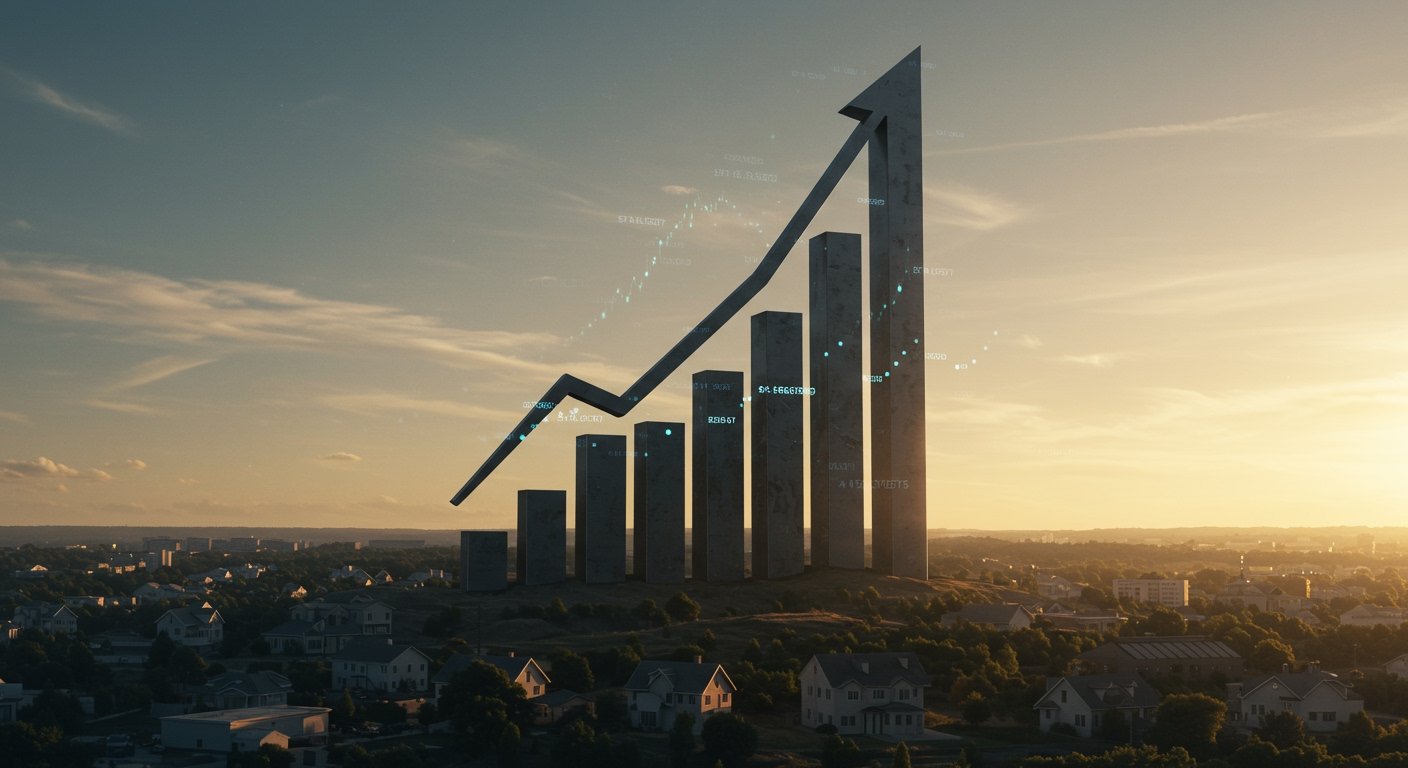Washington, D.C. – The U.S. Federal Reserve on Wednesday, July 26, 2023, announced it was raising its benchmark interest rate by another 25 basis points, bringing the target range for the federal funds rate to 5.25% to 5.50%. This marks the highest level for the key lending rate since 2001 and signals the central bank’s continued resolve to bring persistent inflation under control, despite signs of cooling in some areas of the economy.
The decision was made by the Federal Open Market Committee (FOMC) following a two-day meeting at the central bank’s headquarters in the Eccles Building in Washington, D.C. Fed Chair Jerome Powell, speaking at a press conference after the announcement, reiterated the committee’s data-dependent approach and suggested that further rate hikes remain possible if inflation does not show clearer signs of decelerating towards the Fed’s 2% target.
The Decision and Justification
The quarter-point increase was widely anticipated by financial markets. The FOMC statement accompanying the decision noted that economic activity has been expanding at a “moderate pace” and that job gains have been “robust” in recent months, contributing to a low unemployment rate, currently standing at 3.6%. These factors, combined with core inflation figures that remain elevated despite a significant decline in the headline Consumer Price Index (CPI), provided the rationale for the rate hike.
Specifically, while overall inflation has fallen considerably from its peak, key measures like the Personal Consumption Expenditures (PCE) price index, particularly the core PCE excluding volatile food and energy prices (which recently stood around 4.1% year-over-year), remain significantly above the Fed’s target. This sticky core inflation, coupled with a tight labor market that could fuel wage pressures, maintains the urgency for the central bank to apply further monetary tightening.
Chair Powell emphasized during his press conference that the committee needs to see “more evidence” that inflation is on a sustained downward path before being confident in halting rate increases. He described the current policy stance as restrictive, meaning it is designed to slow economic growth, but acknowledged the uncertainty surrounding the exact level of restriction needed.
Economic Context
The latest rate increase is part of an aggressive tightening cycle that began in March 2022. Since then, the Fed has rapidly elevated the federal funds rate from near-zero levels to the current range of 5.25% to 5.50%. This rapid ascent is intended to dampen demand across the economy by making borrowing more expensive, thereby easing pressure on prices.
Recent economic data have presented a mixed picture. While inflation has moderated significantly from its mid-2022 peak of over 9% (CPI), progress on core inflation has been slower. The labor market has remained remarkably resilient, with consistent job creation and a low unemployment rate, which some economists believe could keep upward pressure on wages and, consequently, prices. GDP growth has also shown resilience, exceeding some earlier recession fears.
The Fed’s challenge is to navigate a “soft landing” – reducing inflation without triggering a severe recession. Raising interest rates too high or too quickly risks stifling economic activity excessively, leading to job losses. However, not raising them enough risks allowing high inflation to become entrenched, which could be even more damaging in the long run.
The Path Ahead
The FOMC’s statement indicated that the committee will continue to monitor incoming data and assess the implications for monetary policy. “The Committee will continue to assess additional information and its implications for monetary policy,” the statement read, highlighting the commitment to a data-dependent approach.
Chair Powell specifically stated that the September meeting could result in another rate hike or a pause, depending on the data received over the next two months, particularly on inflation, employment, and economic growth. He stressed that while policy has tightened considerably, the committee is “prepared to adjust the stance of monetary policy as appropriate” if risks emerge that could impede the attainment of the committee’s inflation and employment goals.
There was no definitive signal that this hike would be the last, leaving the door open for further tightening if inflationary pressures persist. Powell also pushed back against expectations of imminent rate cuts, suggesting that policy would need to remain at restrictive levels for some time to ensure inflation returns sustainably to 2%.
Impact on Economy and Markets
The increase in the federal funds rate directly influences borrowing costs throughout the economy. Interest rates on various forms of credit, including mortgages, credit cards, and business loans, are expected to rise in response. This makes it more expensive for consumers to make large purchases like homes or cars and increases the cost of financing for businesses, potentially slowing investment and hiring.
Immediately following the announcement, financial markets reacted. Stock indices like the S&P 500 saw modest fluctuations, while government bond yields, which tend to move with interest rate expectations, also adjusted. The value of the U.S. dollar against other currencies also reacted to the news, reflecting the relative attractiveness of dollar-denominated assets with higher yields.
Economists will be closely watching how quickly and significantly these higher borrowing costs feed through the economy and impact consumer and business behavior, as this will ultimately determine whether the Fed’s actions successfully tame inflation without causing undue economic hardship.
Historical Perspective
The new target range of 5.25% to 5.50% represents the highest level for the federal funds rate since January 2001. This puts monetary policy firmly in restrictive territory, a stark contrast to the near-zero rates maintained for years following the 2008 financial crisis and again during the COVID-19 pandemic. The speed and magnitude of this tightening cycle – involving eleven rate hikes since March 2022 – are among the most aggressive in the Fed’s history, underscoring the severity of the inflation challenge the central bank has faced.
Conclusion
The Federal Reserve’s decision to raise interest rates for the eleventh time in this cycle underscores the persistent nature of inflation and the central bank’s unwavering commitment to price stability. By pushing borrowing costs to their highest point in over two decades, the Fed aims to slow economic activity sufficiently to cool inflationary pressures. The path forward remains dependent on incoming economic data, and both Chair Powell and the FOMC have signaled their readiness to take further action if necessary, balancing the risks of overtightening against the imperative of bringing inflation back to target.






